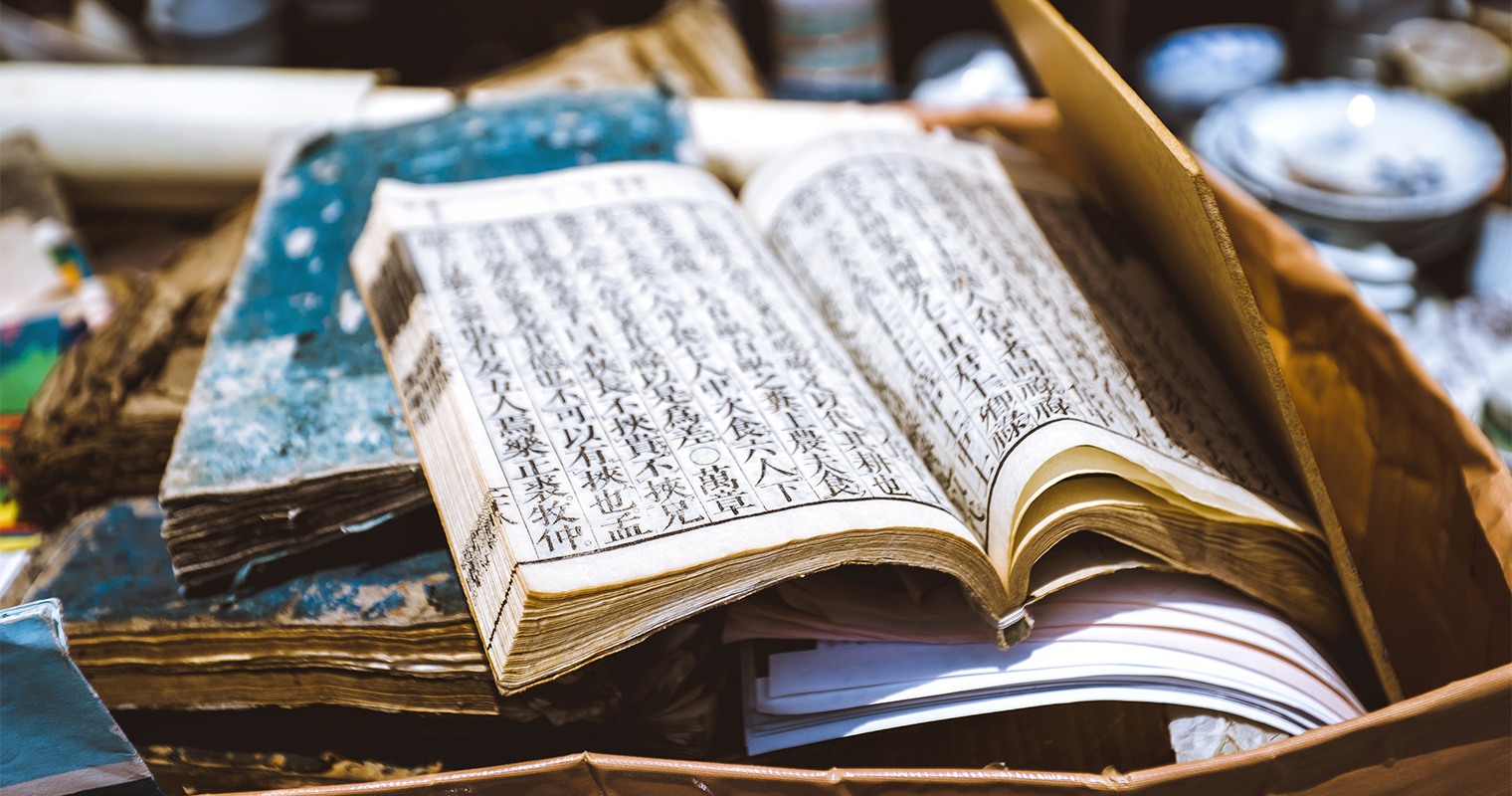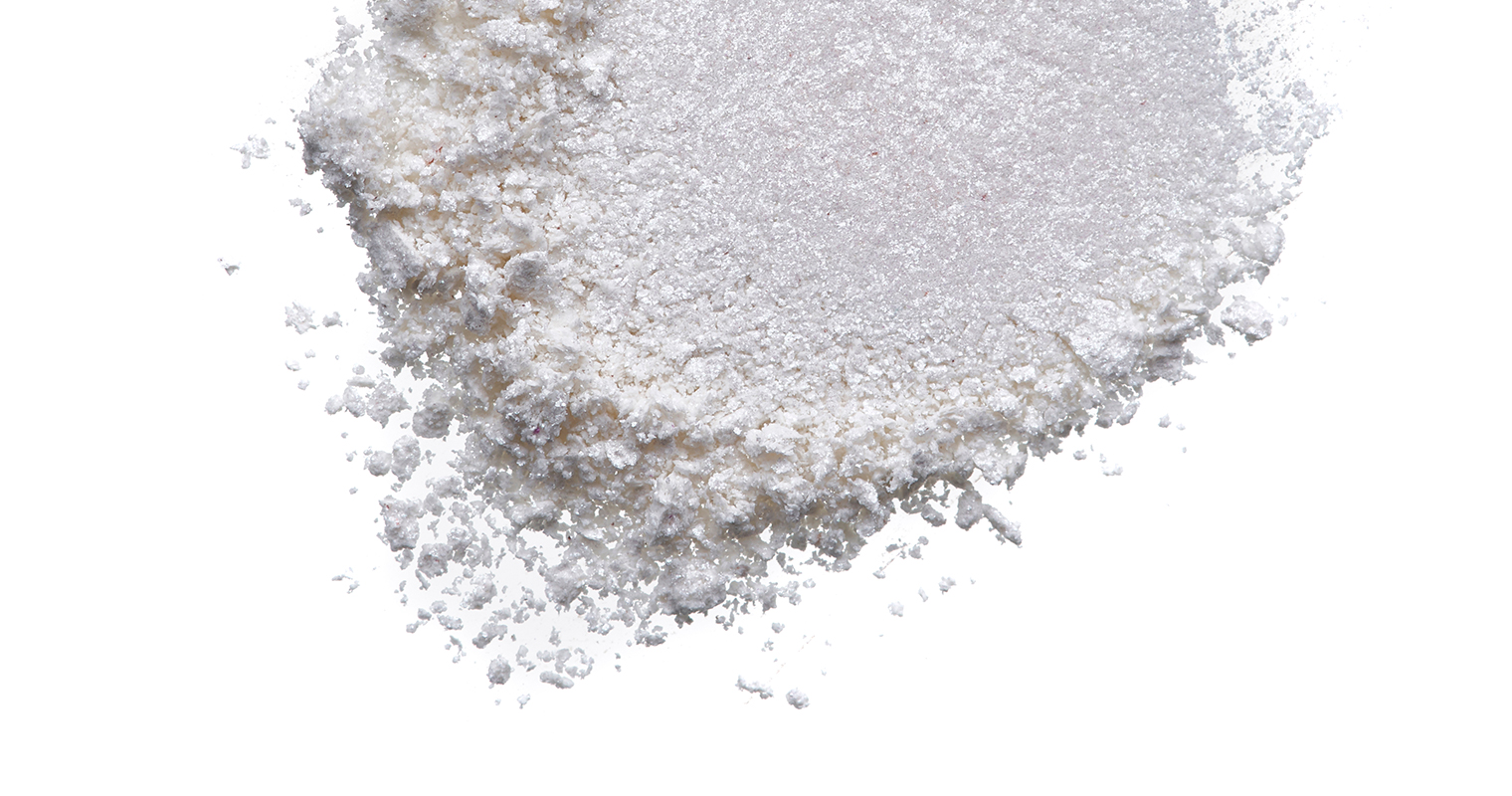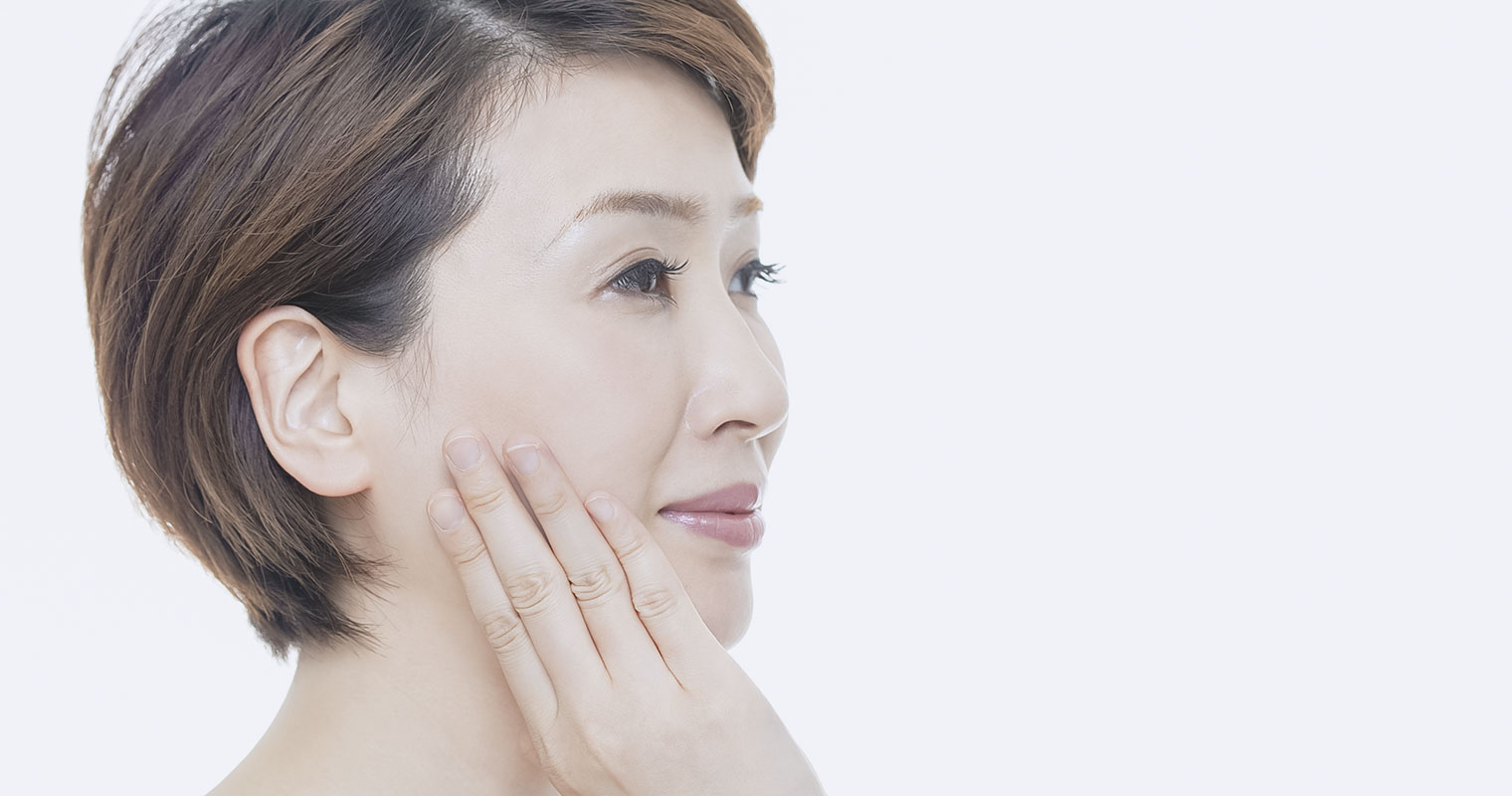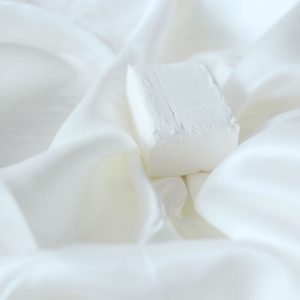Pearl is formed in the body of the oyster when an irritant like sand or a parasite enters it. It is an aquatic material, also called biomineral, that is used for ornamental and medicinal purposes. The pearl contains different carbonates in a minute crystalline form, deposited in concentric layers. It is crushed to powder and added in several products or used alone to obtain the health benefits.
Pearl is renowned in traditional Chinese medicine and is recommended for the treatment of several skin and bone-related disorders for it contains ample proteins and mineral contents.
Studies have proven that pearl powder has antioxidant, anti-inflammatory, and anti-aging properties, and that makes it excellent for skin and overall health. Also, it helps a lot in alleviating bone-related issues and wounds.
Owing to its immense health benefits, many pharmaceutical companies have started producing dietary supplements and nutraceuticals containing pearl powder. These products are popular for improving several age-related degenerative disorders apart from beauty and health purposes.
History of pearl powder
The first ever-known use of pearls comes from 3200 BC Egypt. People deemed it as a celestial spider, as pearls shine without requiring polishing. The ancient queen, Cleopatra, used to add crushed pearls to wine or vinegar, marking it as a sign of beauty and wealth. The only female emperor of China, Wu Zetian (武則天), is also reported to use pearl powder as a secret to retain her skin’s beauty and health.
A piece in Pilnius’s Natural History Magazine also mentioned the use of pearl powder in drinks by the Tang Dynasty (唐朝) and the Qing Dynasty (清朝). The most significant Encyclopedia of Herbs written in Chinese history, called “Compendium of Materia to Medica” (本草綱目) written by a famous physician Li Shizhen (李時珍) during Ming Dynasty (明朝) has already included Pearl as one with impressive medical benefits. Mikimoto Kōkichi (御木本 幸吉), a Japanese entrepreneur and the inventor of cultured pearls, also used to eat two pearls every day to maintain his health.

Some of the oldest books of Classic Japanese History, like Nihonshoki, Kojiki (日本書紀), and Manyoshu (万葉集) mention the use of pearls. The use of pearls also got a mention in the biography of Zushi Yinjin, which states that Taiyo from Evil Taisai sent pearls.
Experts have found the use of pearls as jewelry and medicine in China since 2300 BC. In Persia, pearls are being used from the 7th century BC and in Rome, from the 3rd century BC as medicine and ornament.
The medicinal use of pearl is also reported to exist in the 13th century in the Western society. Albertus Magnus, a German monk, stated that pearl could heal lovesickness, mental diseases, dysentery, and hemorrhage. Moreover, historians found that the King of Castile recommended pearl for fighting depression or any ailment resulting from sadness. He believed that pearls cleaned and purified the blood. In the 17th century, an elixir called ‘Aqua Peralta’ was used to restore strength and combat fever. It was deemed as strong enough for ‘resuscitating the dead.’ This medicine was made of pearls dissolved in vinegar and fresh lemon juice.
Composition of pearl
Pearl mainly consists of calcium carbonate and magnesium carbonate, which form 91 percent of its components. Other compounds present in pearl are silica, aluminum oxide, calcium phosphate, and ferric oxide along with some trace elements like selenium, copper, aluminum, magnesium, and manganese. The trace elements also augment the antioxidant property, as they act as cofactors to antioxidant enzymes.

It also contains essential amino acids like lysine (Lys), histidine (His), arginine (Arg), valine (Val), threonine (Thr), proline (Pro), leucine (Leu), methionine (Met), phenylalanine (Phe), and tryptophan (Trp). The non-essential amino acids in pearl include glycine (Gly), aspartic acid (Asp), alanine (Ala), glumatic acid (Glu), serine (Ser), and tyrosine (Try). All these compounds possess antioxidant properties and can treat oxidative damage and delay skin aging .
Pearls are beneficial for health because protein has a major share in their composition. Its protein content includes conchiolin, which is believed to have an antioxidant effect. It removes excessive oxygen generated in the body because of stress or ultraviolet rays. This increased oxygen causes skin aging and wrinkles.
The antioxidant activity of conchiolin prevents aging and wrinkling. It also helps reincarnate skin cells in just 28 days. The reincarnation of skin cells is called turnover, which declines with age. Conchiolin helps accelerate the process.
Benefits of pearl powder
The medicinal use of pearl roots back to the mainland of China and Taiwan where it is called ‘Ranju Powder.’ In these countries, the pearl has wide use as a beauty ingredient. In Taiwan, pregnant women take pearl powder to improve the beauty of fetal skin.
Several animal experiments show that pearls have a lot of pharmaceutical properties like anti-osteoporosis, anti-aging, anti-oxidation along with immune-modulatory and wound-healing activities. That is why several pharmaceuticals add pearl powder as an ingredient to their products.
1. Anti-aging effects
Pearl powder tends to activate cells and helps with cellular turnover. Usually, a disturbance in the turnover cycle causes skin problems like dullness, wrinkles, and sagging. Pearl powder helps alleviate this issue by reincarnating the skin cells and normalizing turnover.

Another main culprit behind skin aging is cellular oxidation. Pearl powder contains many compounds, such as conchiolin, that not only reduce the effects of oxidative damage but also fight it. Moreover, it increases the production of superoxide dismutase (SOD), which is one of the premier antioxidant enzymes. SOD neutralizes the free radicals, slows down the signs of premature aging, and preserves the youthfulness of the skin.
2. Wound healing
Pearl powder is used to alleviate the effects of gastric ulcers, aphthous ulcer, and duodenal ulcer because of its wound healing properties. Nacre, a.k.a. the mother of pearl, is the outer coating of pearls, which enhances the cell adhesion and tissue regeneration of skin fibroblast. Researchers deem fibroblast as an indispensable component in the wound healing process. And as the pearl powder helps in the regeneration of skin fibroblast, it ultimately helps with the wound healing process.

3. Other benefits
Pearl powder is known to increase longevity and overall health. Evidence has it that a consistent use of pearl powder helps with skin issues, such as colored spots, blemishes, pimples, boils, cysts, sunspots, scars, and acne. It also stimulates the skin’s natural moisturizing factor (NMF) and prevents excessive dryness. Regular use of pearl powder ensures that the skin will not be easily harmed by harsh external environment or time.
BLACK PAINT pearl powder products
BLACK PAINT offers a variety of products that contain natural ingredients with no artificial compounds. Based on the skin-related benefits of pearl powder, BLACK PAINT has created White Paint Soap for daily use.
White Paint Soap
White Paint Soap is a facial cleansing soap well suited for wrinkled and dry skin. Unique from other soaps in this brand, White Paint Soap contains pearl powder. It helps in reducing wrinkles and fine lines while rendering the skin smoother and whiter.

The soap incorporates the antioxidant benefits of pearl powder and thus, helps preventing skin aging, scarring, and rejuvenate the skin. The pearl powder also stimulates the skin’s natural moisturizing factor (NMF).
NMF is a natural moisturizing agent present in the stratum corneum on the skin’s surface. It retains the moisture of the cells, keeping the skin moisturized. It also acts as a barrier against external stimuli like ultraviolet rays.
Pearl powder augments the function of NMF and moisturizes the skin further. It helps the soap lock the skin’s moisture while removing active oxygen in the skin cells – therefore, addressing the needs of dry, wrinkled skin.
 In order to fully benefit from the use of White Paint Soap, you need to soak the soap in warm water till its surface melts. Apply directly on to face like painting. Do not go near the eye area. Massage for around 30-40 seconds and rinse off. For best results, use the soap daily.
In order to fully benefit from the use of White Paint Soap, you need to soak the soap in warm water till its surface melts. Apply directly on to face like painting. Do not go near the eye area. Massage for around 30-40 seconds and rinse off. For best results, use the soap daily.
Resources
https://www.fda.gov.tw/tc/includes/GetFile.ashx?id=f636701622093894084
https://www.sciencedirect.com/science/article/pii/S1021949817301011
https://www.ncbi.nlm.nih.gov/pubmed/20447365
https://www.consciouslifestylemag.com/pearl-powder-benefits
http://www.wakasanohimitsu.jp/seibun/pearl/
https://colorfulorganic.hatenablog.com/entry/2018/05/10/201357
https://www.pearldays.jp/post-1209/
https://www.coointer.co.jp/blog/?p=85
https://colorfulorganic.hatenablog.com/entry/2018/11/19/105100
http://wspcorp.jp/madama/archives/2480
http://www.patriciapilot.com/pearl-powder-benefits/
http://booster-herbs.blogspot.com/2009/01/pearl-powder.html
https://www.ncbi.nlm.nih.gov/pubmed/23043617
https://en.wikipedia.org/wiki/Pearl_powder
https://pearlsinternational.com/tag/pearl-powder/
https://pearlsinternational.com/pearly-whirly-pearl-fact-13/ https://www.mindbodygreen.com/articles/is-pearl-powder-good-for-your-skin








